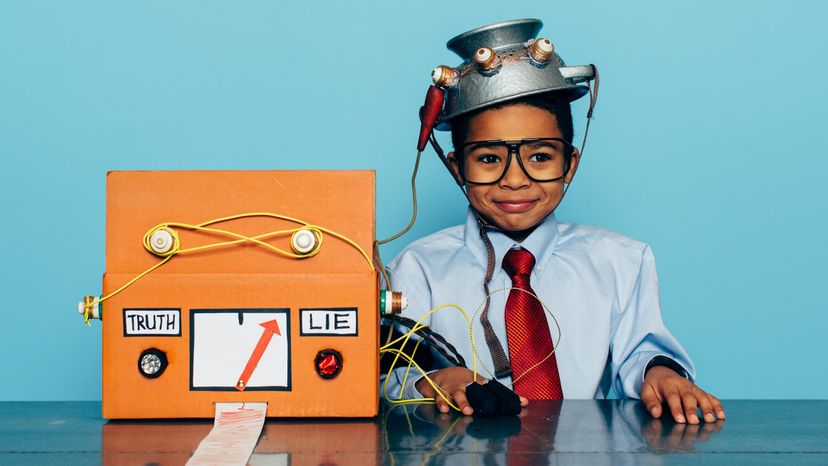Uncovering Truth: The Art of the Lie Detector Test
Uncovering Truth: The Art of the Lie Detector Test
Blog Article
In today's world, the quest for truth can often lead down unexpected paths. One such path involves the utilization of the lie detector test, a tool designed to uncover deception and reveal the veracity of information. The lie detector test, also known as a polygraph, has captivated the public imagination for decades, with its portrayal in movies and television adding to its mystique. But what exactly is a lie detector test, and how does it work? Let's delve into the intriguing realm of lie detection and explore the art behind this intricate process.
History of Lie Detector Tests
The concept of lie detection dates back to ancient times when individuals relied on crude methods to determine truthfulness. However, it wasn't until the early 20th century that the modern lie detector test, also known as a polygraph test, was developed.
In 1921, John Augustus Larson, a medical student at the University of California, Berkeley, introduced the first polygraph instrument. Larson's device measured changes in a person's blood pressure, heart rate, and respiratory rate while they were questioned, with the belief that these physiological responses could indicate deception.
Over the years, the lie detector test has evolved to incorporate various technologies and methodologies to enhance its accuracy. Despite ongoing debates about its reliability and admissibility as evidence in legal proceedings, the use of polygraph tests remains prevalent in certain industries and investigations.
How Lie Detector Tests Work
Lie detector tests, also known as polygraph tests, measure physiological responses in the human body such as blood pressure, heart rate, respiration, and skin conductivity. The underlying principle is that when a person is being deceptive, these physiological responses tend to change, indicating stress or anxiety.
During a lie detector test, the individual undergoing the test is asked a series of questions while sensors connected to the body monitor the physiological responses. The examiner then analyzes the data collected by the sensors to determine patterns or deviations from baseline measurements that may suggest deception.
It's important to note that while lie detector tests are commonly used in certain settings such as law enforcement or employment screenings, there is some debate over their accuracy and reliability. Critics argue that factors such as anxiety, fear, or nervousness can trigger physiological responses similar to those seen when a person is lying, leading to potential inaccuracies in the test results.
Lie detector test
Controversies Surrounding Lie Detector Tests
One major controversy surrounding lie detector tests is their accuracy. Critics argue that these tests are not completely reliable and can be influenced by various factors such as the individual's emotional state or the skills of the examiner.
Another point of contention is the ethical implications of using lie detector tests. Critics raise concerns about the invasion of privacy and the potential for false accusations based on the results of these tests.
Additionally, there is a debate about the legality of using lie detector tests in various settings. Some jurisdictions prohibit or restrict the use of these tests in employment or criminal proceedings due to concerns about their validity and potential for misuse.
Report this page
